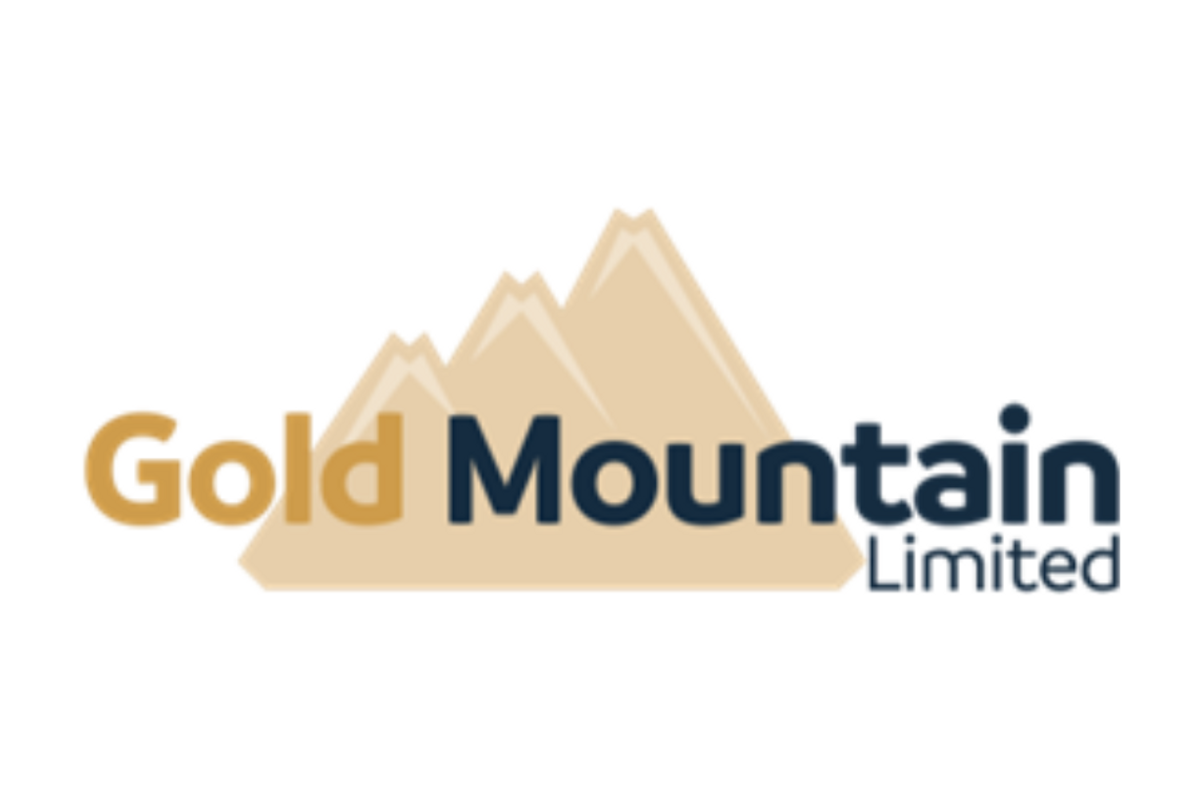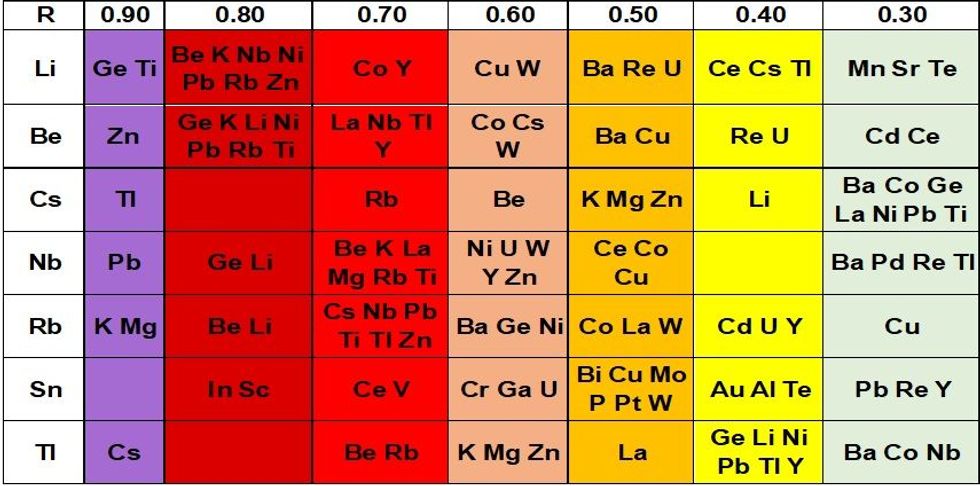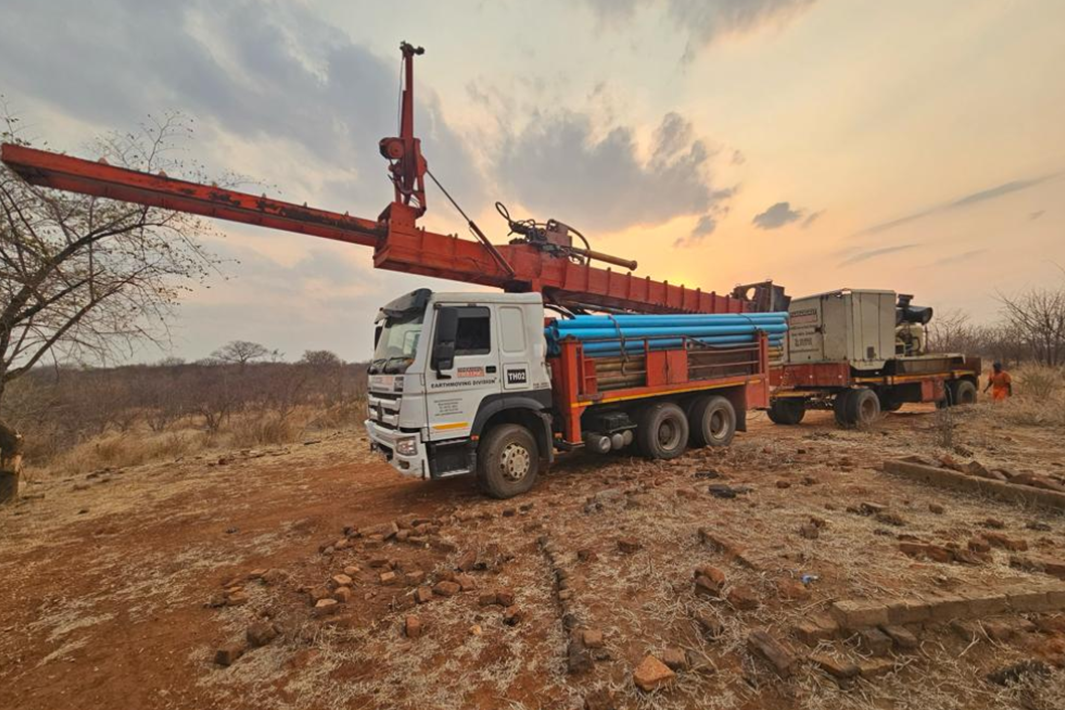
January 15, 2025
Gold Mountain Limited (ASX: GMN) (“Gold Mountain” or “the Company” or “GMN”) is excited to announce it has received 38 stream sediment samples from the Salinas South Project in the Lithium Valley and has defined anomalies over 5 km along regional structural strike direction.
Highlights
Work Undertaken
- Encouraging assays were received from 38 stream sediment samples.
- Lithium anomalies were identified over a 5.8 km distance, which includes high order anomalies over an artisanal working.
- Anomalies interpreted to lie over a major concealed granite body at depth.

Future Workplan
- Carry out soil sampling over the strongest lithium anomalies with coincident pathfinder element anomalies and the known artisanal working.
- Continue on ground mapping to search for pegmatite outcrops.
- Define drill targets and get environmental permits for drilling.
Managing Director David Evans commented
“Over the past few years, Gold Mountain has built up an impressive ground position in Brazil’s Lithium Valley, an emerging lithium hotspot, home to two producing mines and Latin Resources’ Colina deposit. The new results from Salinas South complement the recent announcement of 10 drill targets from our Salinas II Project and give the company a strong pipeline of targets for us to test right across this highly prospective region.”
Details
Strongly anomalous stream sediment sample results were received on the Salinas South 830.557/2023 tenement with strongly correlated beryllium (Be), rubidium (Rb), niobium (Nb) and potassium (K).
Table 1 shows the correlation chart for the anomalous lithium samples in tenement 830.557/2023

Note that correlations show spatial associations that include lithium pegmatites and may include other rock types. The presence of chrysoberyl in the area suggests that pegmatites have intruded mafic to ultramafic rocks to pick up the chromium necessary to form chrysoberyl rather than beryl. This gives additional criteria to search for lithium pegmatites and explains part of the unusual associated elements in the correlation chart such as Ni, Mg and Zn.
The Salinas South project consists of 26 tenements with a total area of 50,911 hectares in the Lithium Valley. Post tectonic granites surround the tenements which contain favourable weak, schistose host rocks.
The Salinas South Project area is thought to lie on the margins of a major granite at depth, with the margins also passing through the area of the Sigma Resources and CBL lithium mines. A strong NE trending structural direction is also present at the Salinas South Project, similar in direction to those identified at Sigma Lithium and in the vicinity of the Colina deposit held by Latin Resources. The structural directions are also visible on the radiometric and magnetic images of the Salinas South Project.
Structurally controlled occurrences of pegmatites including one known to contain lithium are located just to the northwest of the Salinas South Project area on prominent NE trending structures. Similar orientation structures are seen in the topography in the Salinas South 830.557/2023 tenement.
Mapping in 830.557/2023 during sampling identified an occurrence of pegmatite as well as late tectonic granites. Mapping elsewhere in the Salinas South tenements has also shown that there are significant scale pegmatites present. An artisanal working was identified. It lies within or adjacent to a high order lithium anomaly and is the highest priority target area in this tenement at present.
It was also evident that remnants of an old surface were present on many of the ridges, indicating that subdued anomalies could be anticipated from sources on the hills. Presence of an old lateritised surface indicates where lithium pegmatites may be concealed by leaching of lithium.
Click here for the full ASX Release
This article includes content from Gold Mountain, licensed for the purpose of publishing on Investing News Australia. This article does not constitute financial product advice. It is your responsibility to perform proper due diligence before acting upon any information provided here. Please refer to our full disclaimer here.
The Conversation (0)
11 December
Mining the Gap: 5 Forces Shaping North America’s Lithium Supply Chain
A convergence of industry investments, government initiatives and a shifting global trade dynamic is creating an environment ripe for the development of a North American battery supply chain, with lithium playing a leading role. These trends are reshaping the region’s industrial base and opening... Keep Reading...
10 December
Rock Bottom: Strategic Window for Ground-level Lithium Investment
When lithium prices hit bottom, savvy investors know that’s exactly where the next big discovery begins — literally. Beneath the surface of global markets and remote exploration grounds, new opportunities are forming in the wake of a sharp price reset and renewed geopolitical urgency.Recent... Keep Reading...
10 December
Liontown Resources Pens Lithium Offtake Agreement with China's Canmax
Liontown Resources (ASX:LTR,OTC Pink:LINRF) has executed a binding offtake agreement with Chinese conglomerate Canmax Technologies (SZSE:300390) as part of its strategy to diversify its customer base.“Listed on the Shenzhen Stock Exchange, Canmax is one of the world’s leading manufacturers of... Keep Reading...
08 December
Trading Halt
Jindalee Lithium (JLL:AU) has announced Trading HaltDownload the PDF here. Keep Reading...
05 December
Livium Receives A$663k in RsD Tax Incentive Rebates for VSPC
Livium Ltd (ASX: LIT) (“Livium” or the “Company”) advises that it has received A$663,000 in research and development ("R&D") tax incentive rebates from the Australian Tax Office for the 2025 financial year ("FY25"), relating to its wholly owned subsidiary VSPC Pty Limited ("VSPC"). The rebate... Keep Reading...
01 December
Why SQM Says Social Dialogue is Key to Sustainable Lithium
As scrutiny continues to intensify across the battery metals supply chain, the conversation around sustainability has moved far beyond carbon footprints. At this year’s Benchmark Week, Stefan Debruyne, director of external affairs at Sociedad Quimica y Minera de Chile (SQM) (NYSE:SQM), made that... Keep Reading...
Latest News
Latest Press Releases
Related News
TOP STOCKS
American Battery4.030.24
Aion Therapeutic0.10-0.01
Cybin Corp2.140.00





